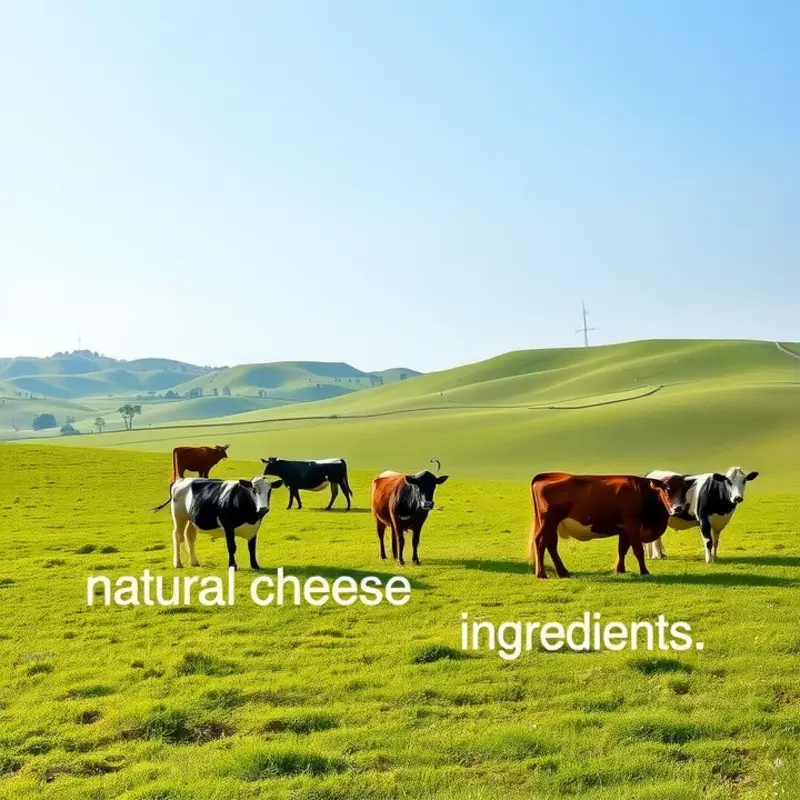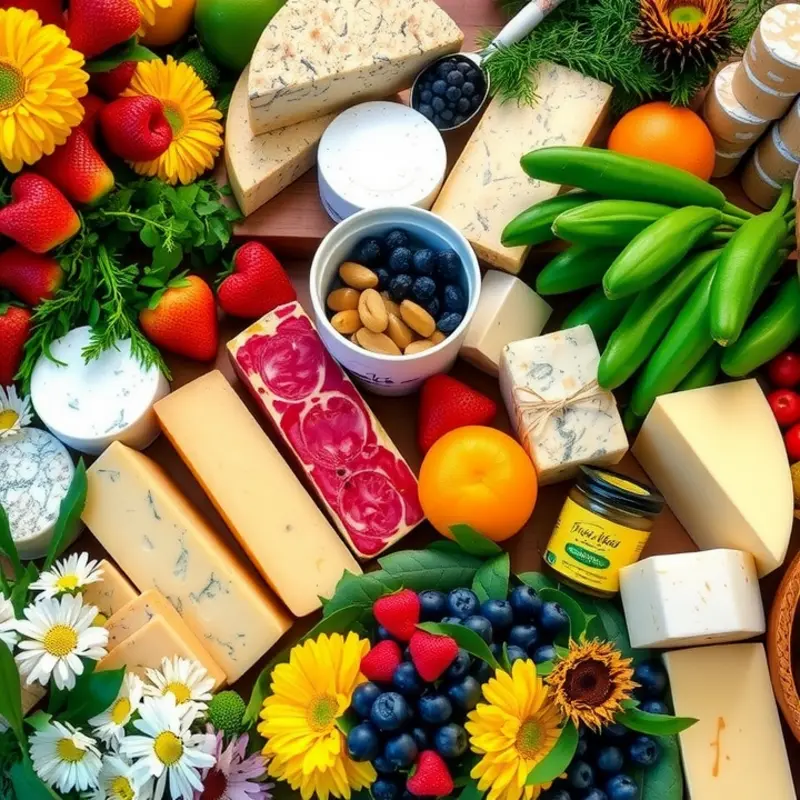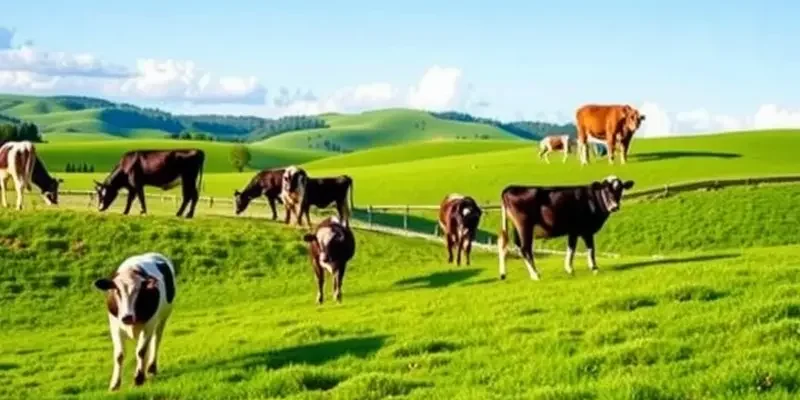The art of cheese-making is a time-honored tradition, celebrated around the globe for its diversity and cultural significance. Whether it’s a creamy Camembert from Normandy or a sharp Cheddar from England, each region boasts its unique techniques and flavors that encapsulate local history and lifestyle. This exploration unveils the fascinating stories, age-old methods, and the passionate artisans who dedicate their lives to this craft.
From Pasteurization to Preservation: The Evolution of Cheese-Making

The art of cheese-making whispers stories of ancient lands where dairy was first transformed into something sublime. Its origins trace back over 7,000 years, thought to have begun when early farmers in the Fertile Crescent discovered the potential of milk curdling. This serendipitous chapter in culinary history set the stage for what would become a globally cherished craft.
Ancient civilizations from the Middle East to Europe contributed to the growing cheese repertoire. The Egyptians depicted cheese-making on their tomb walls, while Greeks acclaimed cheese as a gift from the gods, featuring prominently in culinary texts like Homer’s ‘Odyssey.’ Romans advanced cheese-making techniques, including the practice of aging, which enriched cheese diversity throughout their empire.
Across Europe, distinct methods evolved, influenced by regional climates and terrains. The Alps and Pyrenees, for instance, offered ideal conditions for aging robust, hard cheeses. The rolling green pastures of Normandy, rich in lush pastures, inspired the creamy cheeses synonymous with the region. This connection between environment and craft underscores the terroir-driven identity of many traditional cheeses.
Core ingredients have remained remarkably stable over centuries—milk, salt, rennet, and starter cultures. However, nuances in climate and local flora influence milk’s flavor, contributing to regional cheese identities. In many cultures, cheese artisans pass down meticulous methods, often within families, preserving the authenticity and uniqueness of indigenous cheeses.
The process of pasteurization, introduced in the late 19th century, marked a pivotal moment in cheese-making history. While it enhanced safety and shelf life, it also ignited debates over the loss of nuanced flavors raw milk could impart. In various places, despite modern methods, there is a devoted return to raw cheese-making, celebrating the complex microbial interactions that create distinct flavors and textures.
Traditional cheese preservation techniques, such as salting and cave-aging, demonstrate ingenuity in extending cheese longevity. These methods not only protect but also enhance cheese flavors over time, creating a lasting impression. Aging caves, like those in France’s Roquefort-sur-Soulzon, add geographical characteristics that are an intangible element of the cheese’s appeal.
The evolution of cheese-making from humble beginnings to an esteemed culinary craft illustrates the lasting impact of tradition merged with innovation. Each culture adds a unique verse to the cheese narrative, often reflected in its broader culinary traditions (culinary influences by trade). Through the lens of cheese, the essence of regional histories, landscapes, and human ingenuity comes to life in every wheel and wedge. The story of cheese-making, rooted in ancient practices yet ever-evolving, continues to be written with each bite savored across the globe.
Celebrating Diversity: Cheese Traditions Across Continents

Cheese-making is a celebration of local ingredients, climate, and tradition across continents. In Italy, the crafting of Pecorino and Parmigiano-Reggiano unfolds as a tale of time-honored methods. Pecorino, made from sheep’s milk, tantalizes with its sharp and piquant flavor. By contrast, the nutty and crystalline texture of Parmigiano-Reggiano speaks volumes of the lengthy aging under the gentle Italian sun.
In Greece, Feta reigns supreme, traditionally made from sheep’s milk, or a blend with goat’s milk. This creamy, crumbly cheese is an essential in Greek culinary traditions, brightening dishes with its tangy zest. The brining process gives Feta its unique saltiness, infusing Mediterranean breezes captured in every bite.
France offers the robust Roquefort, a blue cheese like no other. It is aged in the moist caves of Roquefort-sur-Soulzon, where Penicillium roqueforti, the mold that gives it its distinctive character, thrives naturally. Its boldness is not just in flavor but also in aroma, which provides an olfactory symphony to the cheese enthusiast.
Crossing over to the British Isles, we find Cheddar, a cheese synonymous with hearty meals and afternoon teas. The traditional cloth-binding and unique aging process define Cheddar’s sharp and complex profile. Moving onto Spain, Manchego showcases the La Mancha region’s heritage, with its firm texture and floral notes derived from manchega sheep’s milk.
Each region’s cheese culture is a microcosm of local customs and resources. Countries like Switzerland offer Emmental, its iconic holes crafted through careful fermentation techniques. The nutty, sweet creaminess of Emmental captures the Alpine spirit, essential in fondue and raclette gatherings.
Cheese festivals are delightful experiences that celebrate this rich tapestry of flavors. For example, Bra, a small Italian town, hosts the prestigious “Cheese” festival biennially. Here, artisans and enthusiasts connect over shared passions, exchanging techniques and traditions. In England, the Great British Cheese Festival gathers a diverse array of British cheeses within the historic surroundings of Cardiff Castle, where cheese-lovers sample and savor traditional flavors.
For the cheese enthusiast, these festivals offer inspiration to embrace and explore global flavors at home. Consider introducing elements from different cheeses in your kitchen adventures, capturing the essence of distant lands.
The traditions of cheese-making are deeply rooted in cultural identity and culinary artistry. To explore more about how culinary influences and historical trade routes have shaped global cuisines, visit our detailed article. Embrace this journey, and let each cheese sampling unveil the local stories woven into its essence.
Final words
The world of traditional cheese-making is a colorful palette of flavors and stories that transcends borders. Every cheese tells a tale, woven from the land it comes from, the people who create it, and the passions that inspire its craft. By embracing these artisan practices, we not only savor the tastes but also connect with the rich cultural heritage behind each bite. This journey through the realms of cheese making encourages curiosity and appreciation for the global communities that continue to celebrate this age-old tradition.








